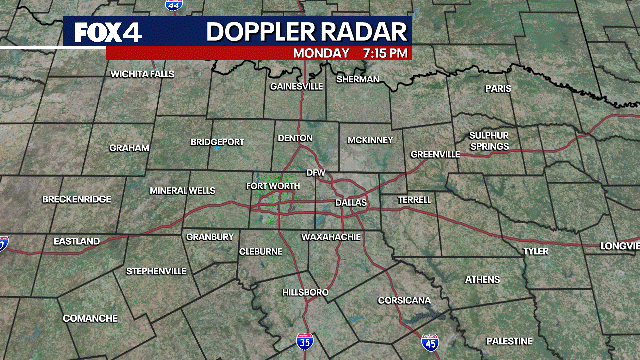Dallas weather: Lake-effect snow forms in North Texas
Some of the snow we saw on Wednesday morning is considered lake-effect snow.
It's a phenomenon that people in areas like Buffalo and Cleveland are very familiar with, but it's not something we typically see in Texas.
What is lake-effect snow?
Explanation:
Lake-effect snow develops when cold, dry air moves over warm lake water.
As that cold air passes over the lakes, warmth and moisture from the water are picked up and transferred into the lowest portion of the Earth’s atmosphere. This rising air condenses into clouds, which can grow into narrow bands.
Those narrow, finger-like bands of snow are a dead giveaway that it was created by lake-effect.
Wind direction is an important factor in determining which areas will receive lake-effect snow. In many instances, snow might fall in one location while the sun is shining just a mile or two away.

You can see the bands of snow coming south off of area lakes.
What they're saying:
"When you have these open lakes and the lake temperatures are in the 40s and all of a sudden these very strong winds blow across the lake and they are cold winds, it’s picking up the moisture off the lake and depositing it on the other side in the form of a band," said Meteorologist Evan Andrews.
Live North Texas Radar

The Source: Information in this article comes from FOX 4 meteorologist Evan Andrews and FOX Weather.


